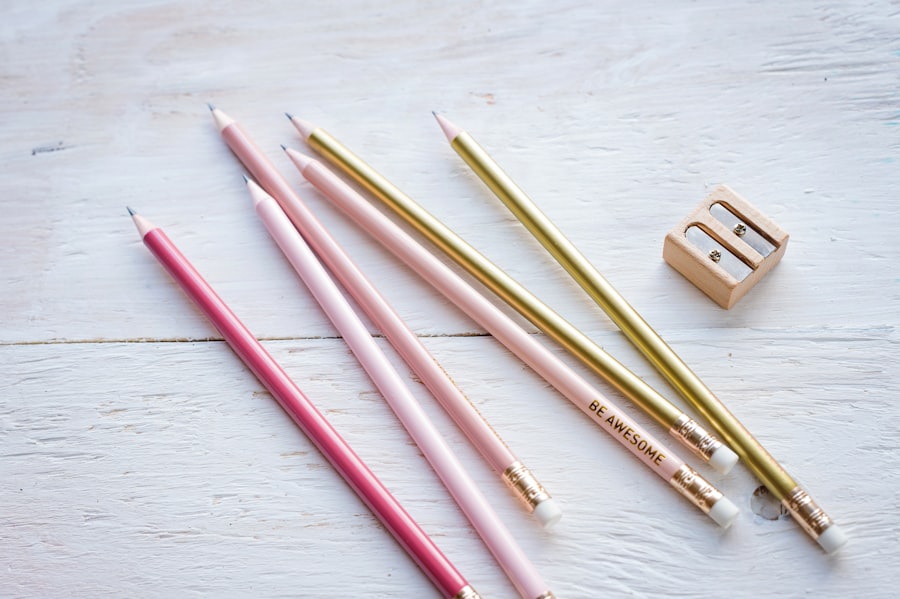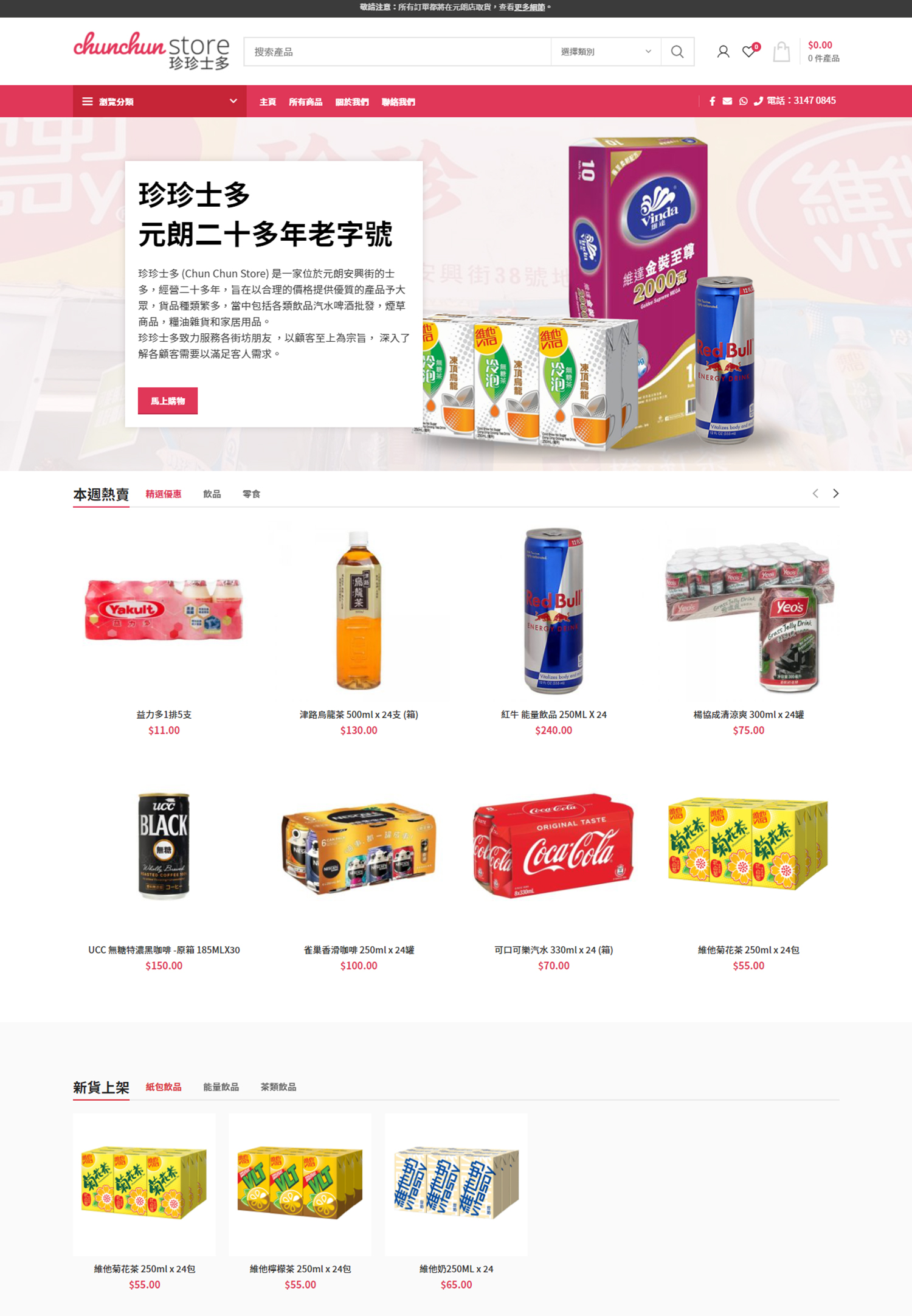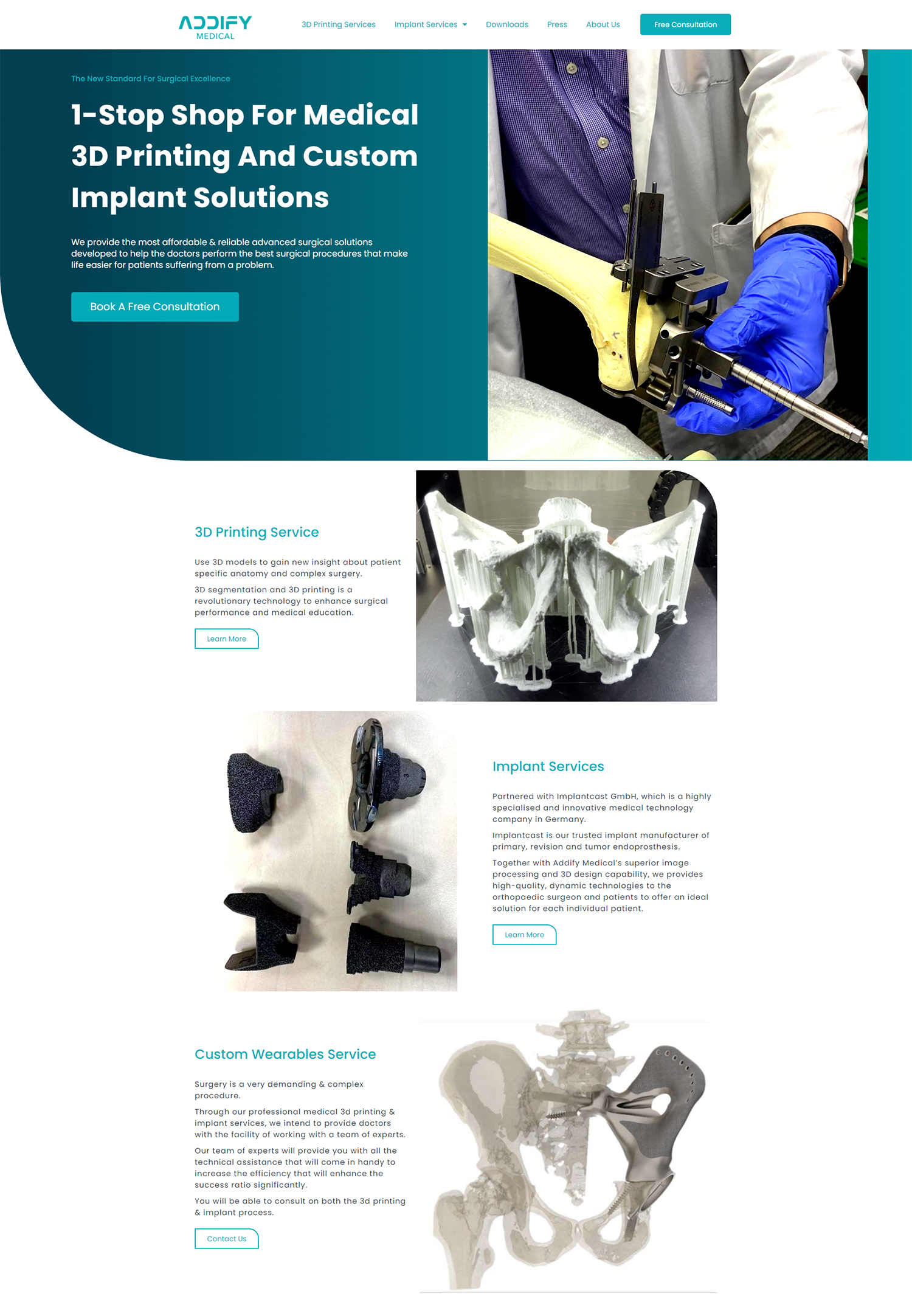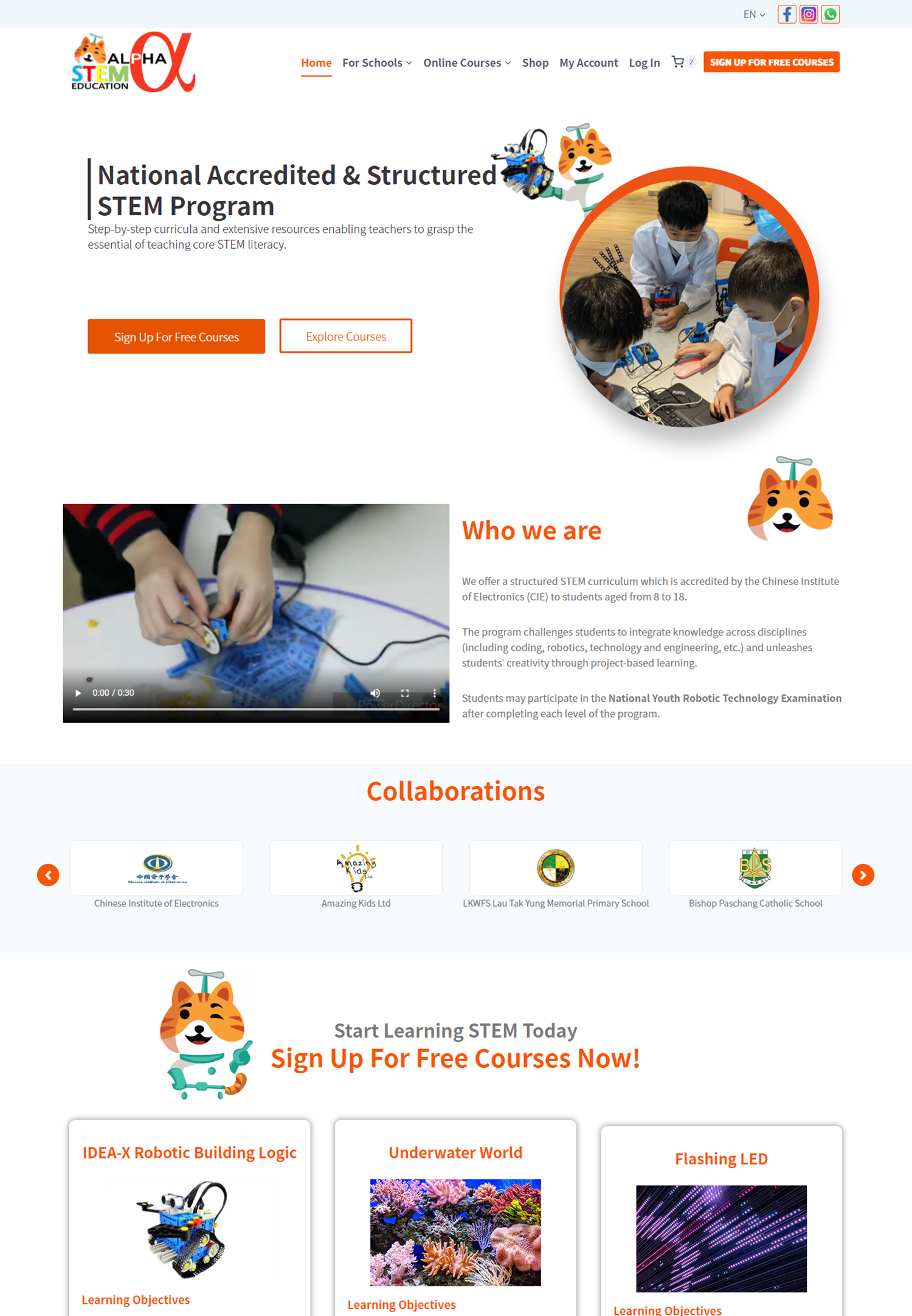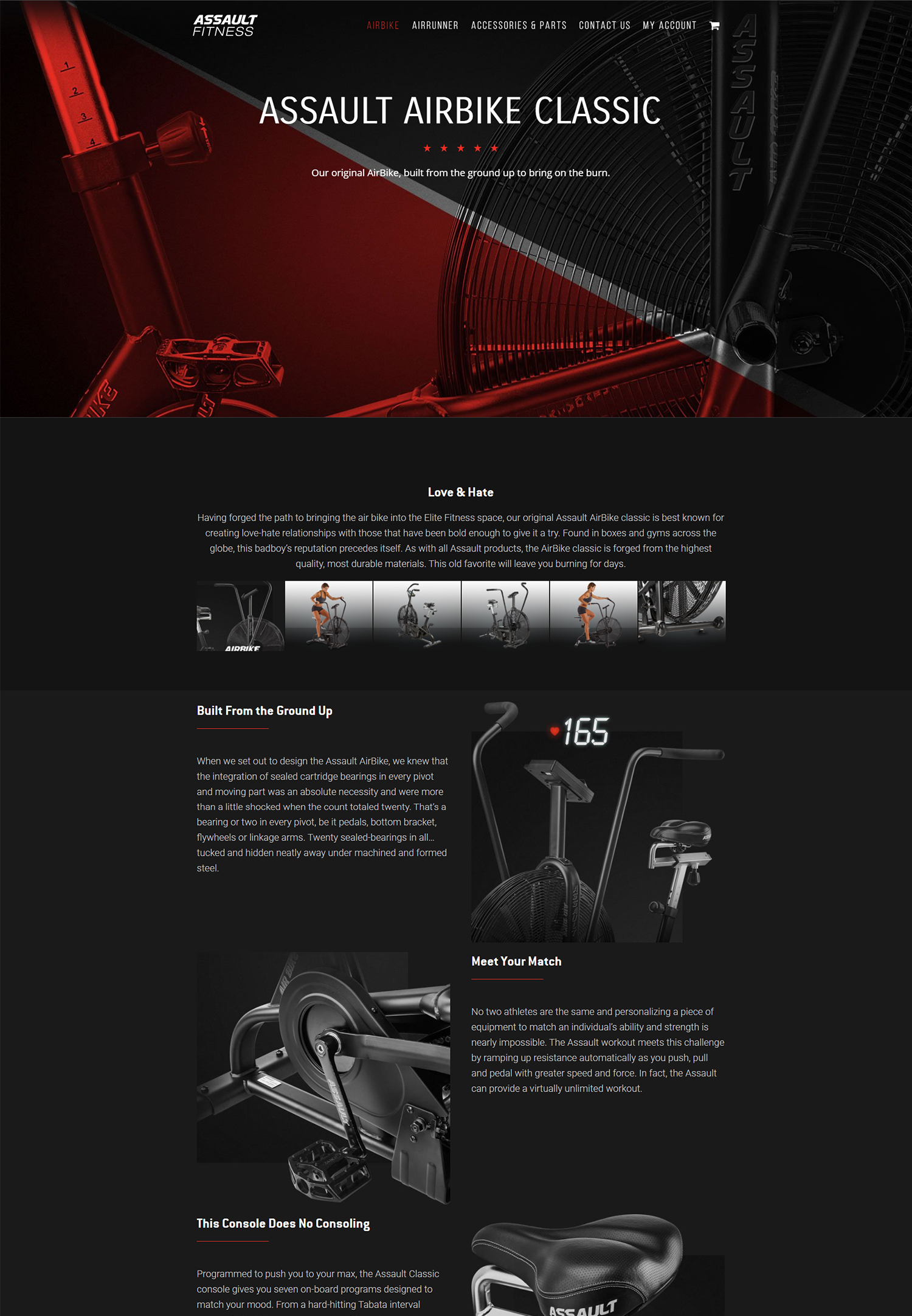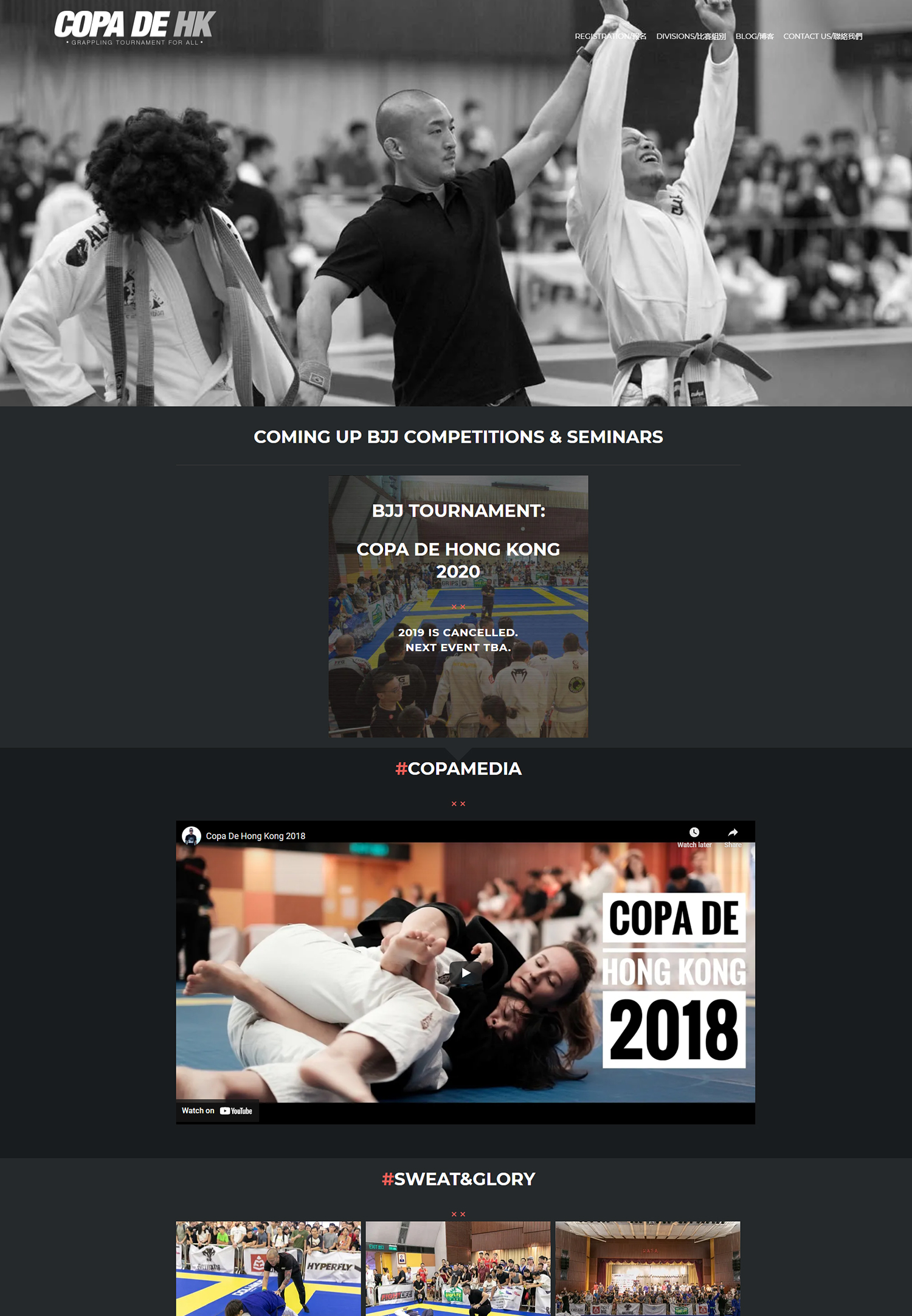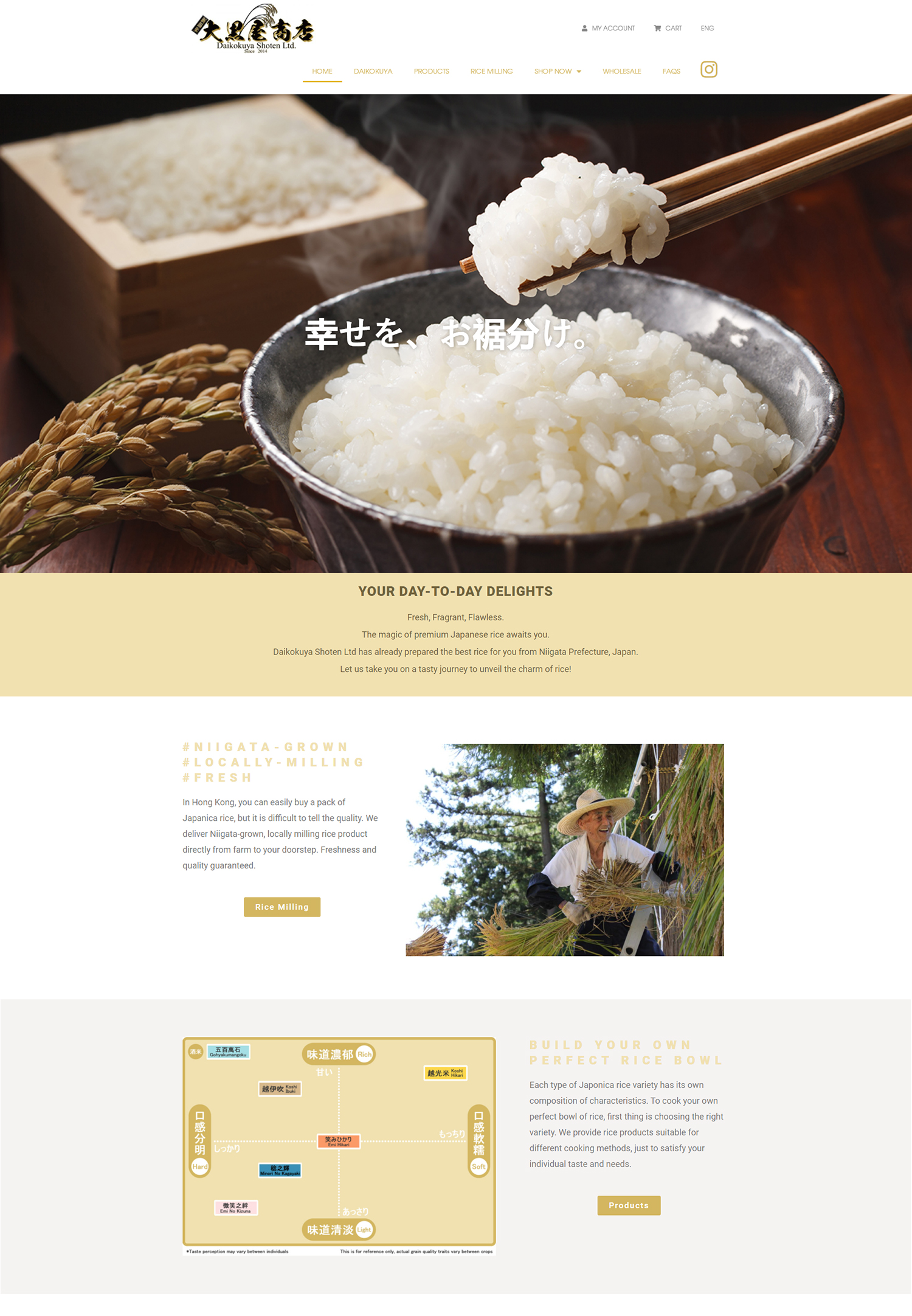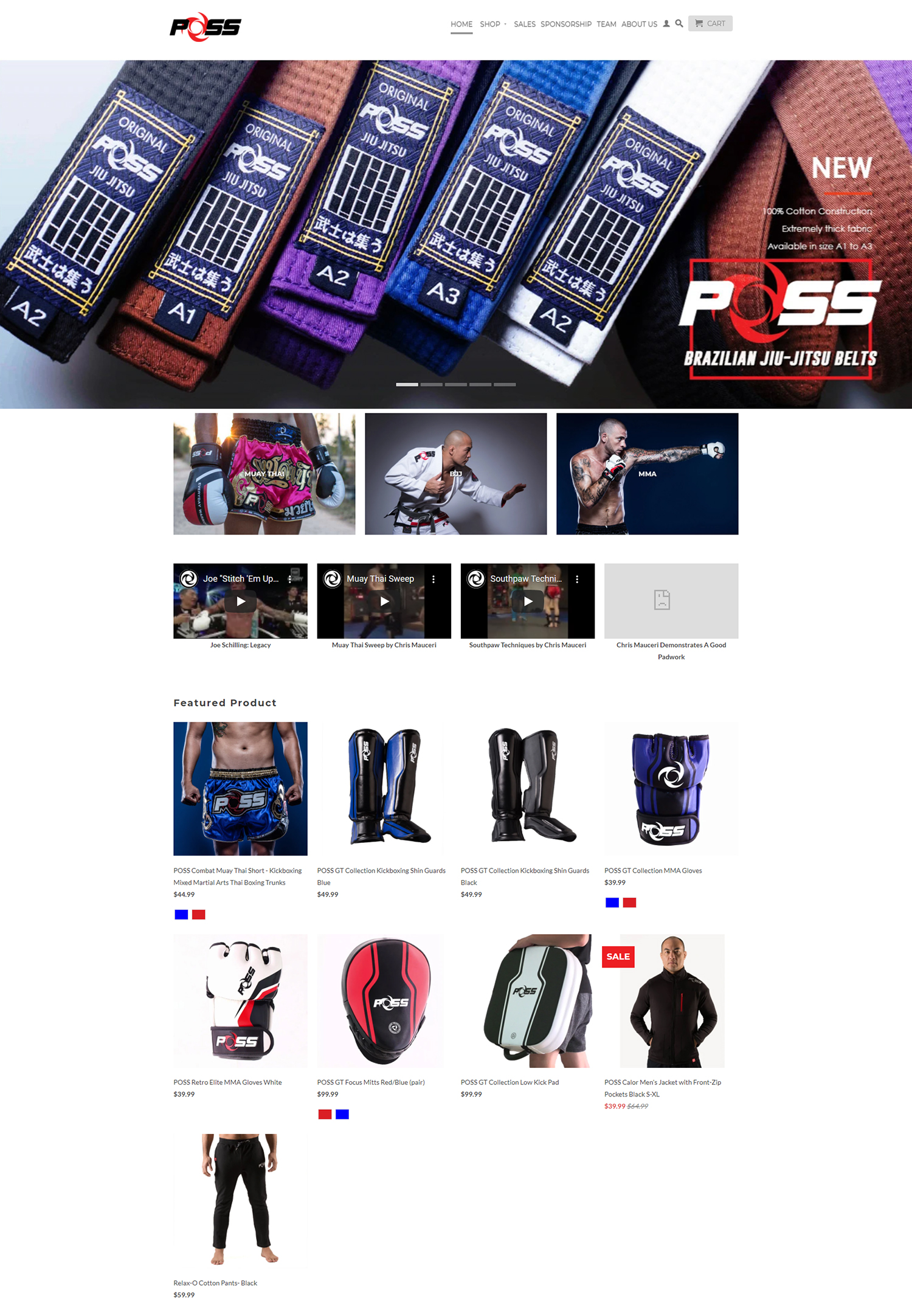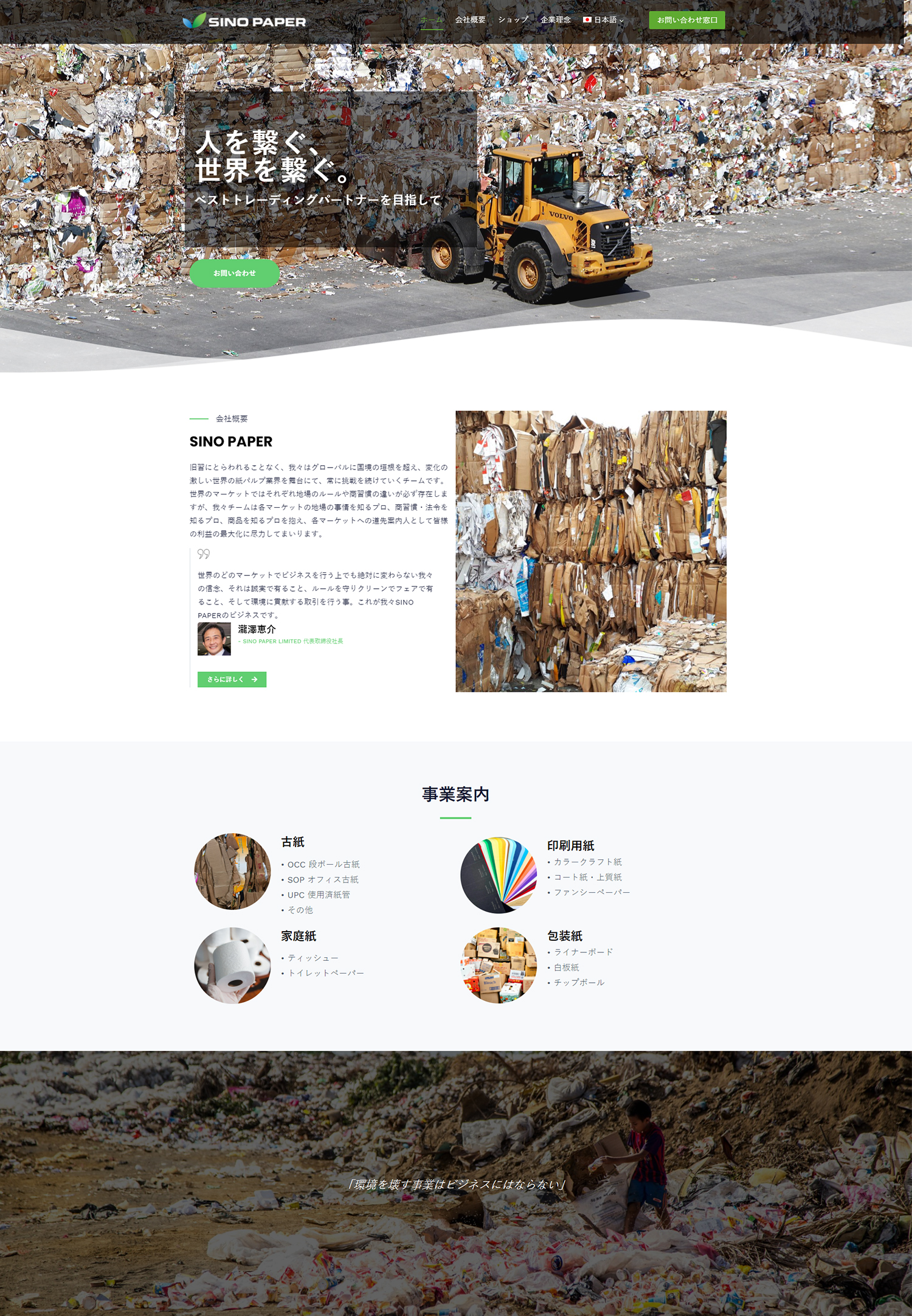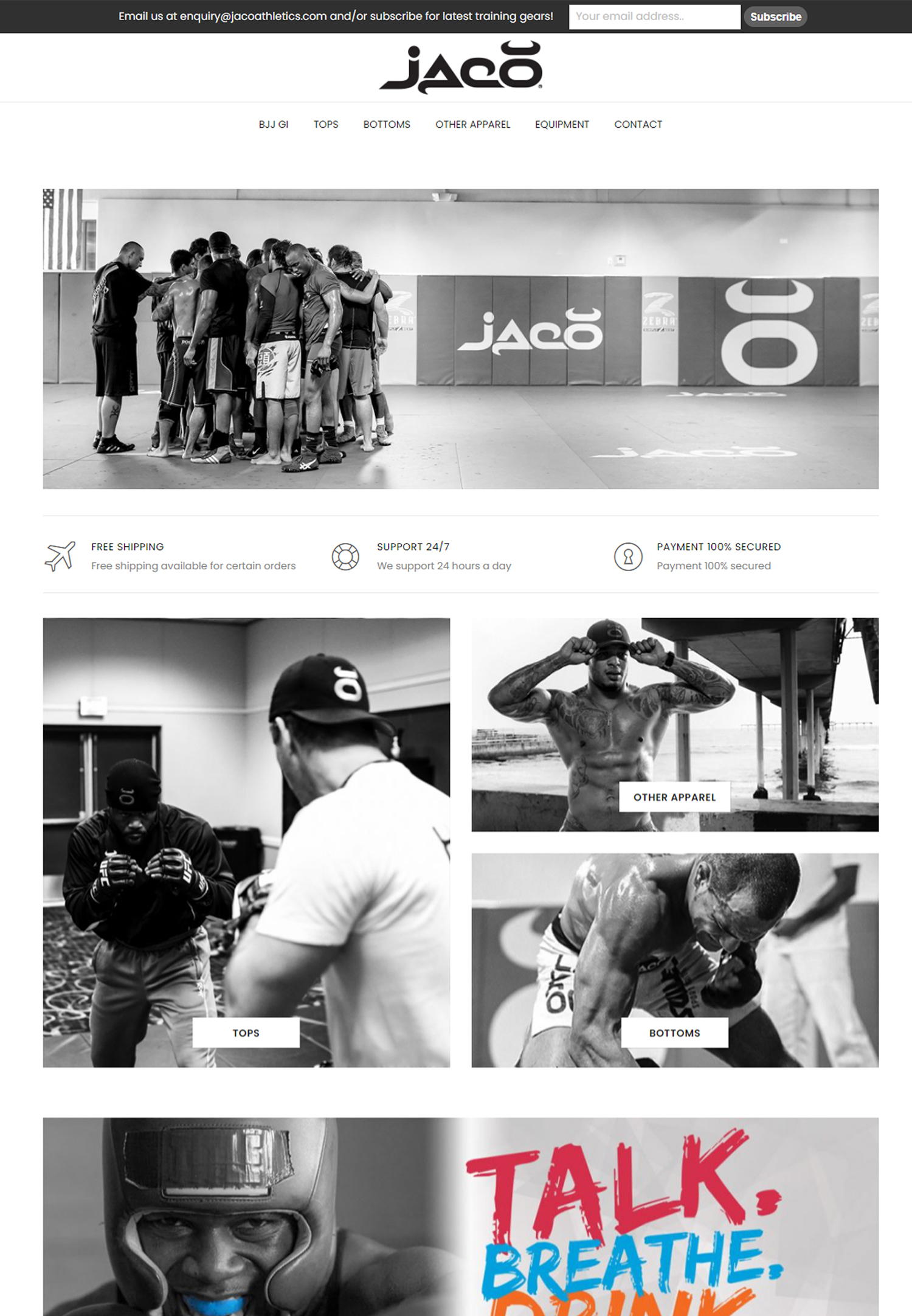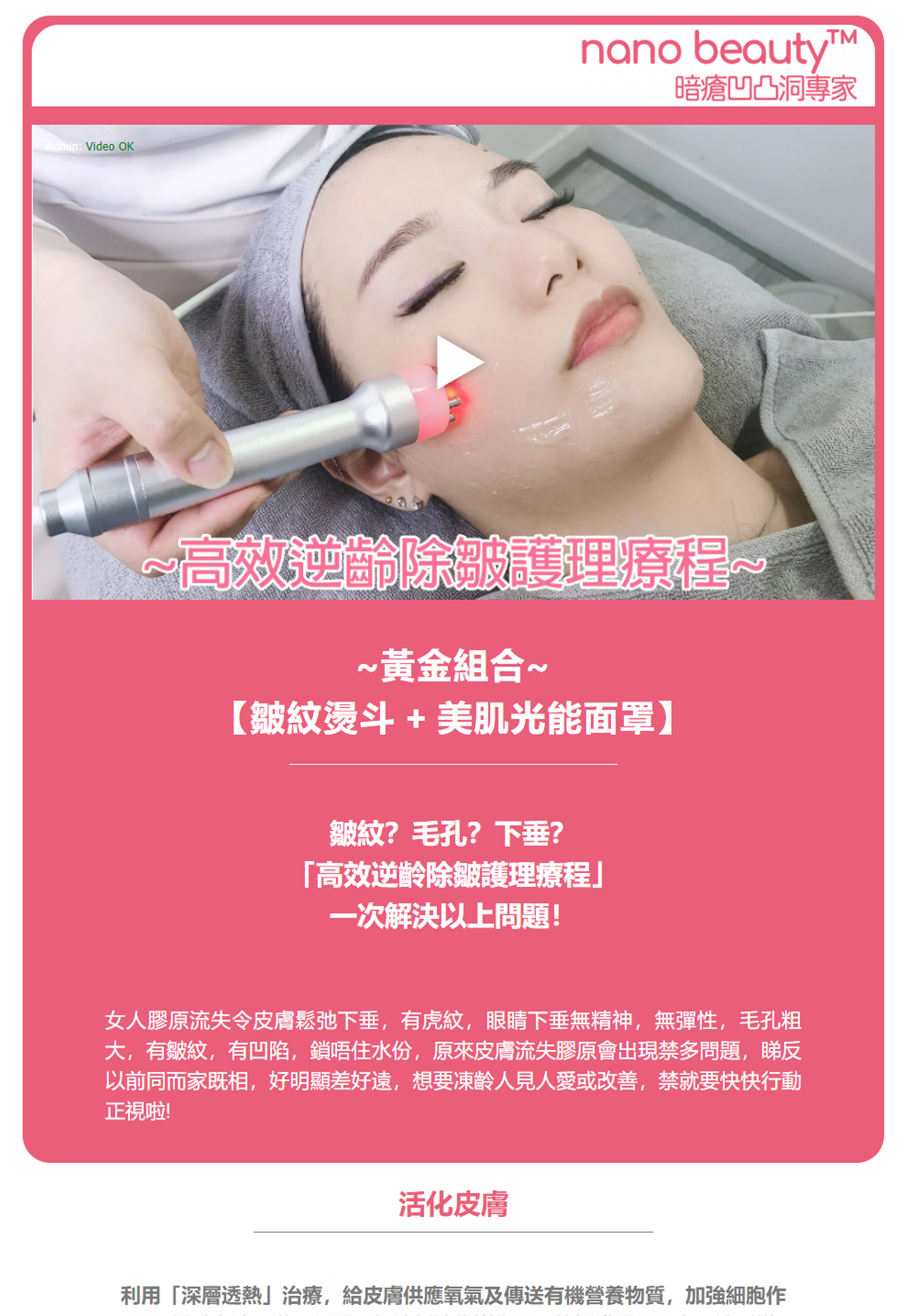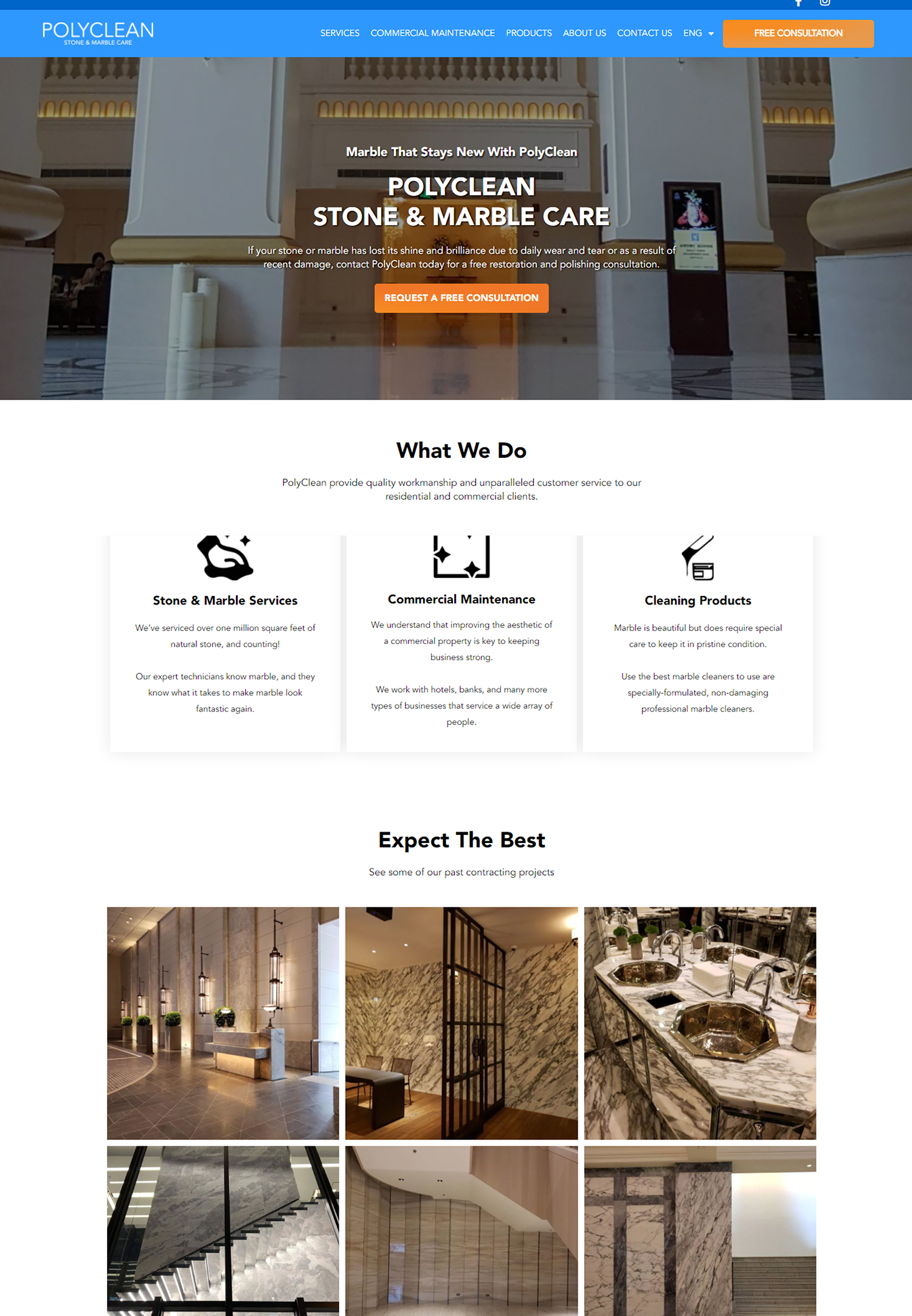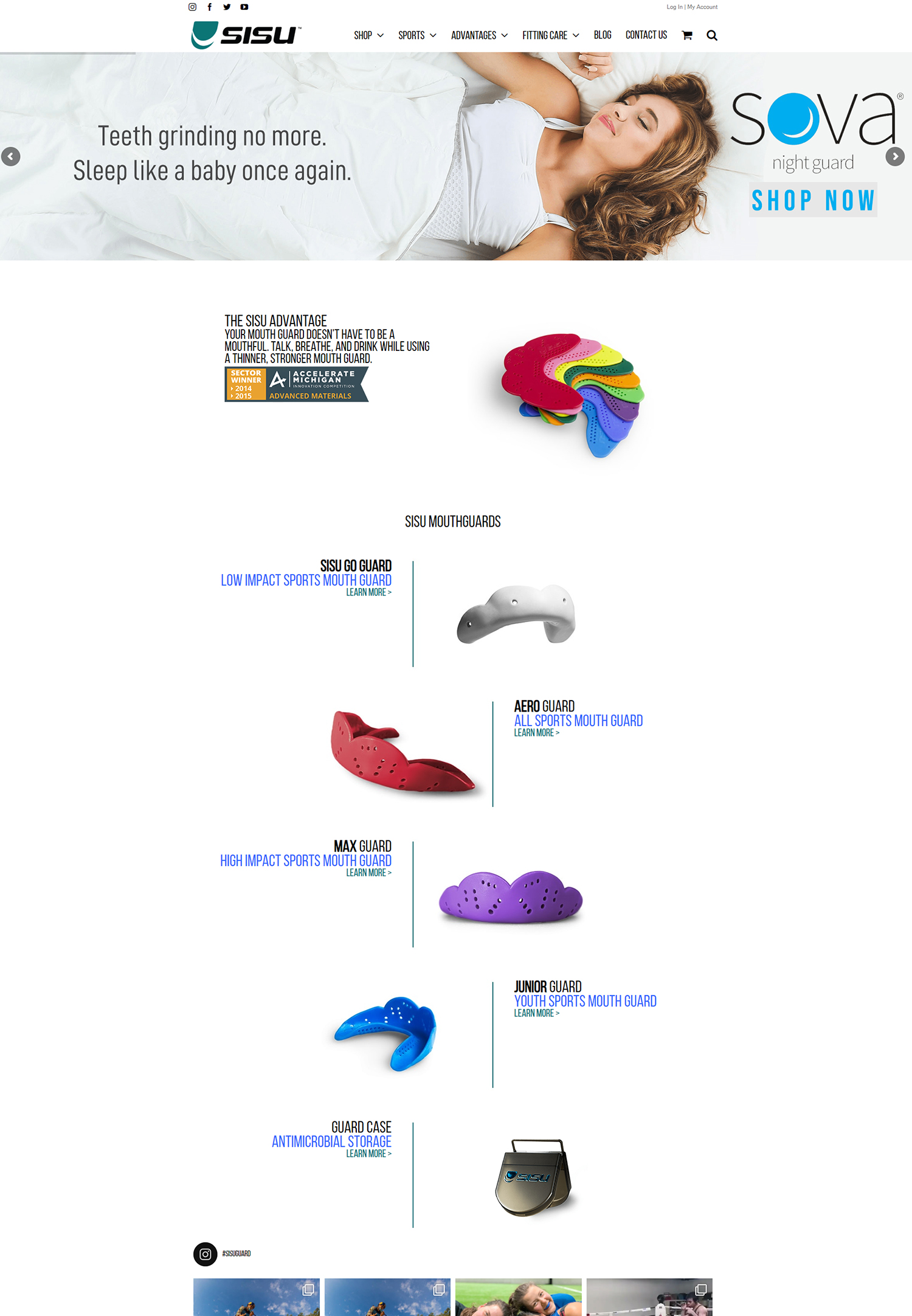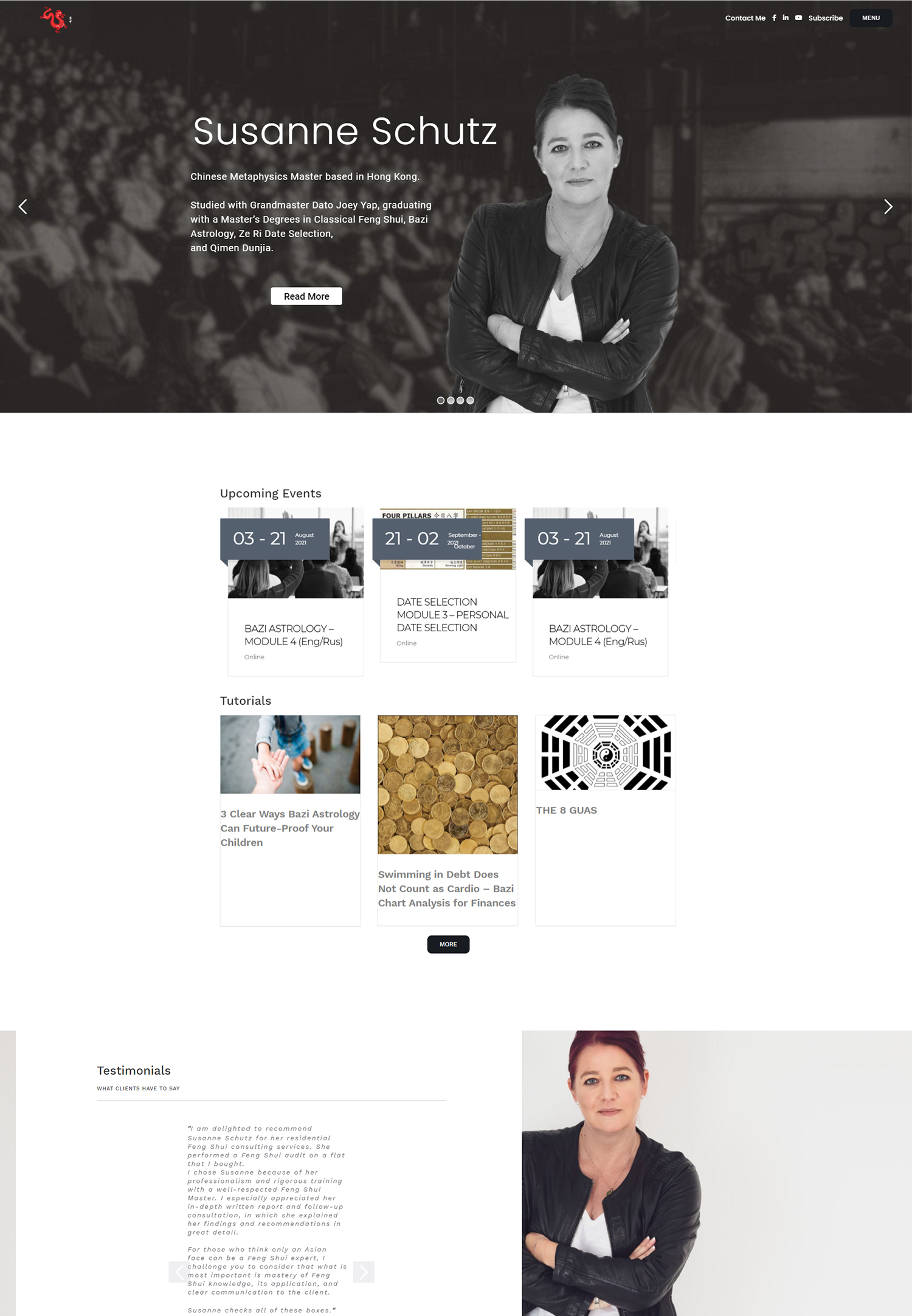In the digital landscape, where attention spans are fleeting and competition is fierce, clean design emerges as a powerful tool for enhancing user engagement. When we think about clean design, we envision simplicity, clarity, and an absence of clutter. This aesthetic not only makes a website or application visually appealing but also significantly influences how users interact with the content.
By stripping away unnecessary elements, we create an environment that allows users to focus on what truly matters—whether that’s reading an article, making a purchase, or signing up for a newsletter. The streamlined experience encourages users to explore further, leading to longer session durations and increased interaction rates. Moreover, clean design fosters intuitive navigation.
When we implement a layout that prioritizes essential information and minimizes distractions, users can easily find what they are looking for. This ease of use is crucial in retaining visitors; if users encounter confusion or frustration due to a cluttered interface, they are likely to abandon the site altogether. By prioritizing clean design principles, we not only enhance user satisfaction but also encourage repeat visits.
Ultimately, the impact of clean design on user engagement is profound, as it creates a seamless experience that invites users to delve deeper into our content.
Key Takeaways
- Clean design can significantly impact user engagement by improving usability and creating a positive user experience.
- Clean design builds credibility by conveying professionalism, trustworthiness, and attention to detail.
- The psychology behind clean design shows that users perceive clean and simple designs as more trustworthy and user-friendly.
- Case studies demonstrate how clean design has increased user engagement and conversion rates for various businesses and websites.
- Typography and color play a crucial role in clean design, affecting user perception and engagement.
How Clean Design Builds Credibility
Credibility is a cornerstone of user trust, and clean design plays a pivotal role in establishing it. When we present information in a clear and organized manner, we signal professionalism and attention to detail. Users are more likely to perceive a website with a clean design as trustworthy and reliable.
In contrast, a cluttered or poorly designed site can raise red flags, leading users to question the legitimacy of the information presented. By adopting clean design principles, we can effectively communicate our brand’s values and commitment to quality. Furthermore, clean design enhances the overall user experience, which in turn reinforces credibility.
When users find it easy to navigate our site and access information without unnecessary hurdles, they are more likely to view our brand favorably. This positive experience fosters loyalty and encourages users to return in the future. In essence, clean design not only attracts users but also cultivates a sense of trust that is essential for building long-term relationships with our audience.
The Psychology Behind Clean Design and User Perception
The psychology of design is a fascinating field that reveals how visual elements influence user perception and behavior. Clean design taps into fundamental psychological principles that guide our interactions with digital content. For instance, the principle of Gestalt suggests that humans naturally seek order and simplicity in their surroundings.
By employing clean design techniques, we align with this innate desire for clarity, making it easier for users to process information and engage with our content. Additionally, the use of whitespace in clean design plays a crucial role in shaping user perception. Whitespace, or negative space, allows elements to breathe and creates a sense of balance within the layout.
This not only enhances readability but also directs attention to key components of the design. When we strategically incorporate whitespace, we can influence how users perceive importance and hierarchy within our content. As a result, clean design becomes a powerful tool for guiding user behavior and enhancing overall engagement.
Case Studies: How Clean Design Increased User Engagement
Examining real-world examples can provide valuable insights into the effectiveness of clean design in boosting user engagement. One notable case is that of Dropbox, which revolutionized file sharing with its minimalist interface. By focusing on essential features and eliminating unnecessary distractions, Dropbox created an intuitive user experience that encouraged users to sign up and utilize their services.
The result was a significant increase in user engagement and retention rates, demonstrating how clean design can drive business success. Another compelling example is Airbnb, which employs clean design principles to enhance its platform’s usability. By prioritizing high-quality images and straightforward navigation, Airbnb allows users to easily browse listings and make bookings.
This focus on simplicity not only improves user satisfaction but also leads to higher conversion rates. These case studies illustrate that when we invest in clean design, we can achieve tangible results in user engagement and overall business performance.
The Role of Typography and Color in Clean Design
Typography and color are fundamental elements of clean design that significantly impact user experience. When we choose typography carefully, we enhance readability and create a visual hierarchy that guides users through our content. Clean fonts with ample spacing contribute to a polished look while ensuring that text is easy to digest.
By avoiding overly decorative fonts or excessive variations in size and weight, we maintain a cohesive aesthetic that aligns with clean design principles. Color also plays a critical role in conveying messages and evoking emotions. In clean design, we often opt for a limited color palette that reinforces brand identity while maintaining visual harmony.
Subtle contrasts can draw attention to important elements without overwhelming the user. By thoughtfully selecting colors that resonate with our audience, we can create an inviting atmosphere that encourages exploration and engagement.
Best Practices for Implementing Clean Design
Implementing clean design requires a strategic approach that prioritizes user experience above all else. One best practice is to conduct thorough user research to understand our audience’s needs and preferences. By gathering insights into how users interact with our content, we can make informed decisions about layout, navigation, and visual elements that align with their expectations.
Another essential practice is to embrace simplicity in every aspect of our design. This means eliminating unnecessary features or content that may distract users from their primary goals. We should focus on creating intuitive navigation paths that guide users seamlessly through our site or application.
Additionally, regular usability testing can help us identify areas for improvement and ensure that our clean design remains effective over time.
The Connection Between Clean Design and Mobile User Engagement
As mobile usage continues to rise, the importance of clean design becomes even more pronounced in enhancing mobile user engagement. Mobile screens offer limited real estate, making it crucial for us to prioritize clarity and simplicity in our designs. A clean mobile interface allows users to navigate effortlessly through content without feeling overwhelmed by excessive information or cluttered layouts.
Moreover, responsive design principles play a vital role in ensuring that our clean designs translate effectively across devices. By optimizing layouts for various screen sizes and orientations, we can create a consistent user experience that fosters engagement regardless of how users access our content. As mobile technology evolves, maintaining a focus on clean design will be essential for capturing and retaining user attention in an increasingly competitive landscape.
The Future of Clean Design in User Engagement and Credibility
Looking ahead, the future of clean design appears promising as it continues to evolve alongside technological advancements and changing user expectations. As we embrace new tools and methodologies for design, the principles of cleanliness and simplicity will remain at the forefront of effective user engagement strategies. We anticipate that emerging technologies such as artificial intelligence will further enhance our ability to create personalized experiences while adhering to clean design principles.
Moreover, as users become more discerning about their online experiences, the demand for credible and trustworthy platforms will only increase. Clean design will play a crucial role in meeting these expectations by fostering transparency and clarity in communication. As we navigate this dynamic landscape, we must remain committed to leveraging clean design as a means of enhancing user engagement and building lasting credibility with our audience.
In conclusion, the impact of clean design on user engagement is profound and multifaceted. By prioritizing simplicity, clarity, and usability, we can create experiences that resonate with users while establishing credibility and trustworthiness. As we continue to explore the intersection of design psychology and user behavior, it becomes clear that clean design is not just an aesthetic choice but a strategic imperative for success in the digital age.


